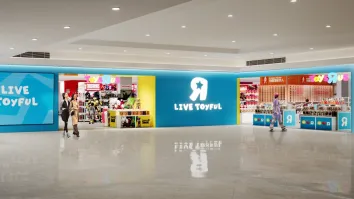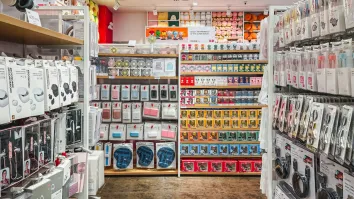Unified inventory, seamless returns vital for supply chain efficiency: Pomelo
Pomelo has a “Tap.Try.Buy” feature which lessens item returns.
With operations across multiple countries and a blend of online and offline presence, Pomelo confronted a significant hurdle: effectively managing a widespread, varied inventory. However, by implementing unified inventory systems and streamlining the return process for end customers, Pomelo successfully navigated these complexities.
Pomelo integrated technology to synchronise its inventory across all platforms – from warehouses to physical stores across various nations. This holistic approach meant that every item, regardless of its physical location, was available for online sale, ensuring no missed sales opportunities and a dynamic, responsive inventory system.
But managing inventory was only half the battle. E-commerce inevitably involves returns, and Pomelo recognised the necessity of a smooth return process. The conventional return cycle, typically extending over weeks, was due for an overhaul. This led to the introduction of Pomelo's “Tap.Try.Buy” service.
“A typical e-commerce return will happen in two to three weeks to complete the entire cycle. In Pomelo, we have an omni-channel approach that we call ‘Try Buy.’ What it means is we allow customers to select online the item that they want to try on, select the store that they would like to try it on and get it delivered to the store within 24 hours. What happens at the store is customers can try on and make a decision instantly which item they would like to keep and which one they will find that doesn't fit them well and want to leave at the store,” Lai Tze Siung, Chief Logistics Officer at Pomelo Fashion Thailand, told Retail Asia in an interview during the sidelines of the Asian Logistics, Maritime and Aviation Conference 2023 held during the Hong Kong Maritime Week.
“Things that they would like to keep, they will then pay directly at the cashier. [Customers] walk away with no returns, so the purchasing cycle is complete within less than 24 hours. This is another example of how inventory can be optimised. [There's] less loss of sales opportunity because there's no return in the cycle. Anything that needs to be rejected will be left at a store, which then can be absorbed into store inventory for offline sales and subsequently online sales,” Lai added.
For optimal fulfilment processes, Lai emphasised that automation remains the premier strategy for e-commerce businesses. It not only guarantees scalability but also improves visibility in logistics operations, ensuring a more efficient and responsive supply chain.
Lai said automation technology is the way forward, particularly in warehouse management, where technologies like robust Automated Guided Vehicles (AGVs) play a significant role.
However, he acknowledged the challenges for organisations where logistics is not the core business, suggesting a Plan B that involves meticulous strategic planning and data analysis.
Lai said brands can use data to establish baseline equipment needs and manpower and adjust accordingly during peak seasons.



















 Advertise
Advertise








